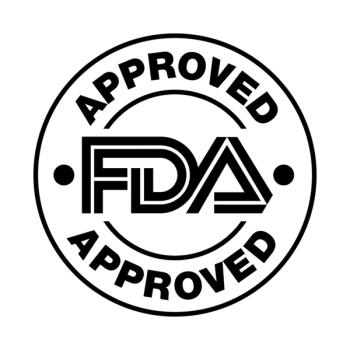
- Pharmaceutical Executive-02-01-2018
- Volume 38
- Issue 2
Leadership in All the Right Places
Drawing parallels from the world of football coaching in evaluating and grooming future C-suite pharma leaders-call it the quest to see "what right looks like?"
This time of year is hard on football coaches. There is a mindset that because you were a great college coach, or a defensive coordinator or offensive coordinator, you will make a great head coach in the NFL. But it doesn’t always work out. We know that in business, it’s called the Peter principle. Basically, people are hired or promoted based on their performance in their current role, not evaluated on their abilities for the intended role.
This leads to the quote “Managers rise to the level of their incompetence.” Of course, you have to work your way up and be a coordinator on the way to head coach. But we’ve seen enough examples where someone is excellent exactly where they are, and the next step just isn’t for them.
There are very inspirational coaches out there. I happen to be the type of person who is a sucker for movies like The Blind Side, Friday Night Lights, Remember the Titans, and Invincible. I saw Coach Don Shula keynote at a conference, and his stories brought tears to my eyes. My colleagues thought I was nuts. But it is a magical thing to watch someone lead a team who really loves their players and the game. And there is also no mistake that some great former coaches have brought in and mentored some of today’s great coaches.
So the question becomes how do companies do that for their teams? How can they best evaluate who is going to be the right executive leader to take their company through the challenges facing the biopharma industry today?
As I evaluate the content in this month’s issue, and sit it next to upcoming issues on talent (in April) and leadership in June’s annual Pharma 50, a theme is emerging. That theme is the ability to change, transform and adapt.
In last year’s
In the upcoming June Pharma 50 article, the authors from Russell Reynolds Associates will tackle the challenges around assessing leadership capability and offer interesting insight into the paradoxical traits that today’s leaders need. They present robust data on pragmatism as an increasingly important trait necessary for the C-suite pharma executive as market pressures build.
In April, we are speaking to a number of recruiters and consultants to uncover where pharma and biotech talent is coming from, what experience and skills are most needed, and how employees are mentored or coached to be promoted into new roles.
Finally, in this issue, we are examining the industry’s bad
One way, from the eyes of military leader Lt. General (Ret.) Rick Lynch, is to hire “adaptable leaders who possess a strong moral compass.” For the
The Adapt or Die meetings focus on a series of topics related to adaptable leadership, and were formed in part “so people can see what right looks like,” as Lynch says.
In today’s world, there are plenty of examples of what wrong looks like. Which is why we look for stories of hope, people that inspire, or watch football games, where the battles aren’t complicated. We simply want to see more examples of what right looks like.
Lisa Henderson is Editor-in-Chief of Pharm Exec. She can be reached at
Articles in this issue
almost 8 years ago
Pharma's Image Fix: Lessons from the Fieldalmost 8 years ago
The Innovation Distinction: Biopharma's Reputational Passalmost 8 years ago
Valeant’s Northern Facealmost 8 years ago
More New Drugs and Generics Reshape Pharma Marketsalmost 8 years ago
Industry Engine Checkalmost 8 years ago
Pharmaceutical Executive, February 2018 Issue (PDF)Newsletter
Lead with insight with the Pharmaceutical Executive newsletter, featuring strategic analysis, leadership trends, and market intelligence for biopharma decision-makers.





